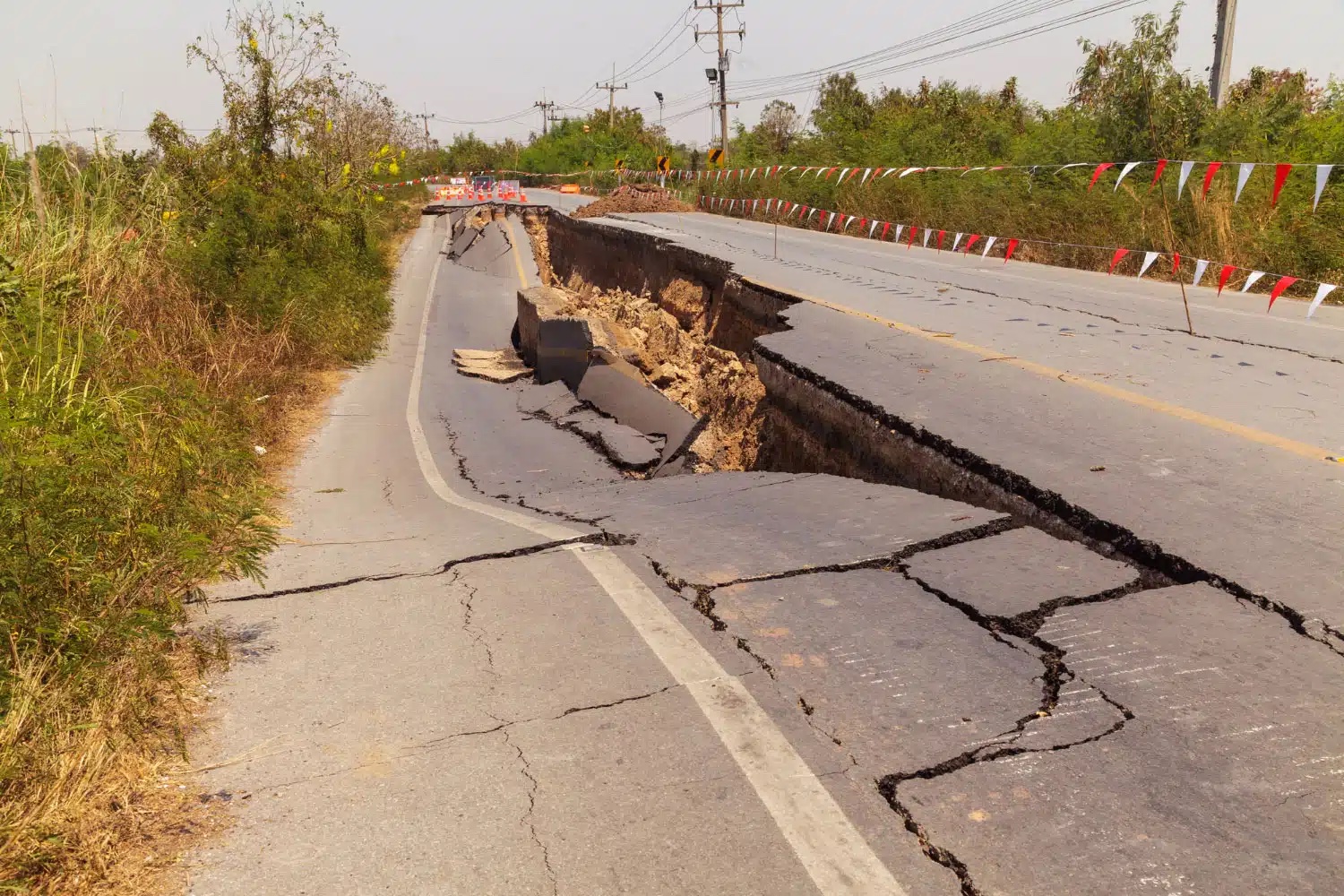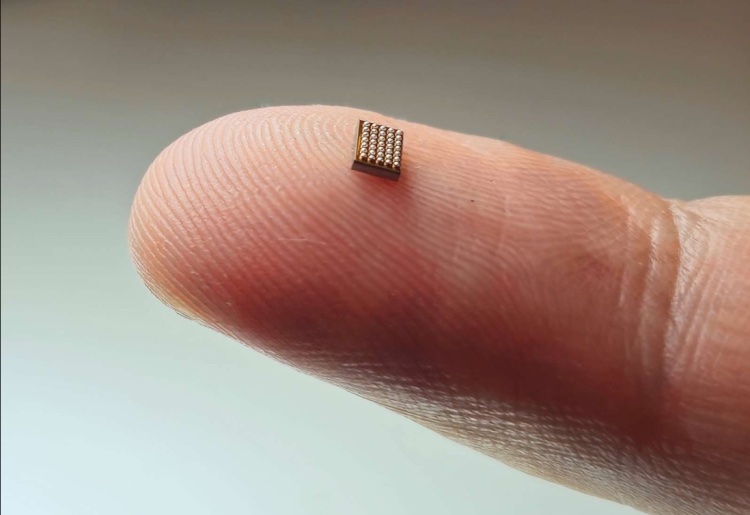The conversation around artificial intelligence (AI) has rapidly expanded from research labs and tech companies to everyday discussions in mainstream media, coffee shops, and street corners. AI is a hot topic, with concerns ranging from its potential to revolutionize industries to fears of its impact on jobs and society. Recently, a friend shared a story about overhearing a group of men discussing the threats posed by AI, with one of them expressing his frustration by saying, “I want to punch AI in the face!”
While AI doesn’t have a face to punch, this reaction highlights the anxiety many people feel about the rise of machine intelligence. The potential dangers of AI are indeed concerning. It can be misused to reinforce biases, destabilize political systems, and deepen social inequities. Some experts even warn that AI could one day challenge our dominance as a species. But beneath these fears lies a more immediate concern: the potential economic impact of AI, particularly on jobs.
Continue reading… “The Complex Impact of AI on Jobs: Balancing Automation and Human Creativity”












